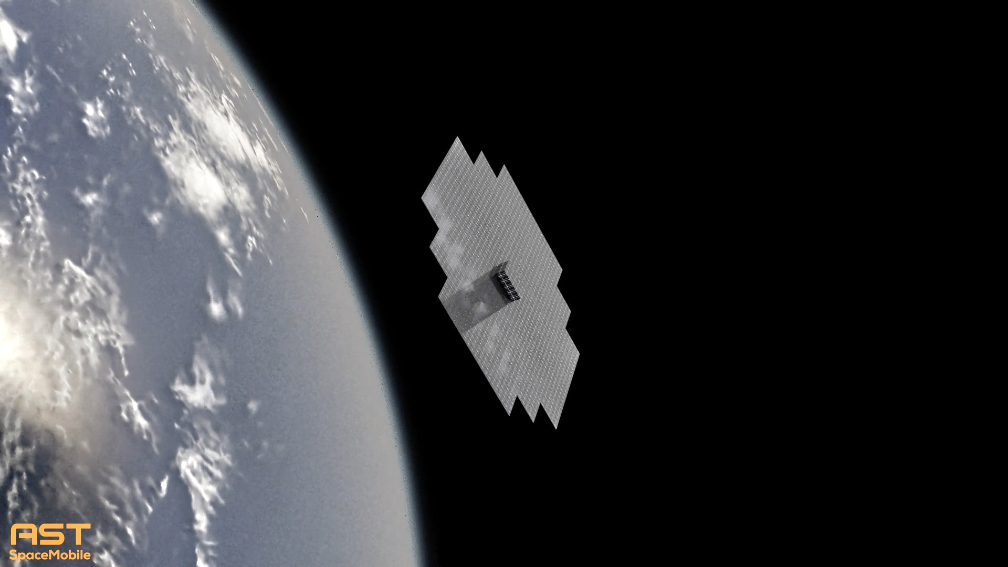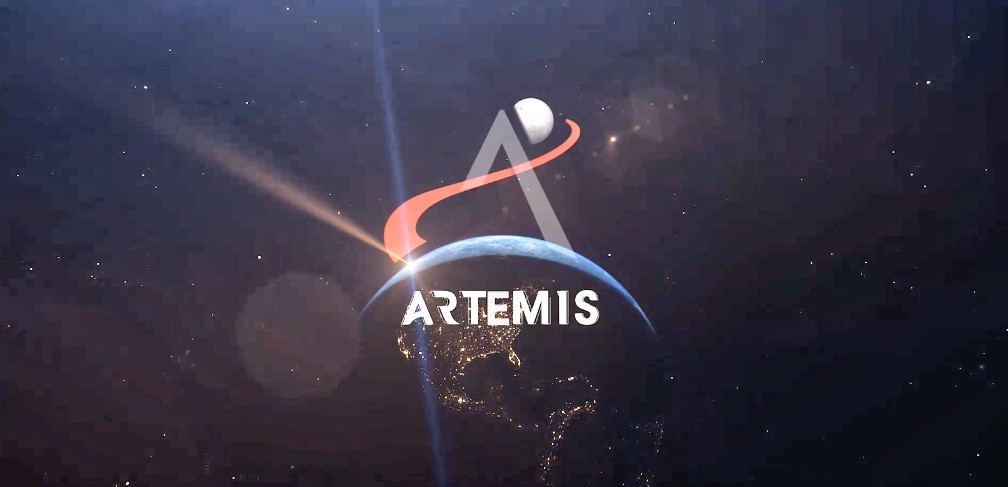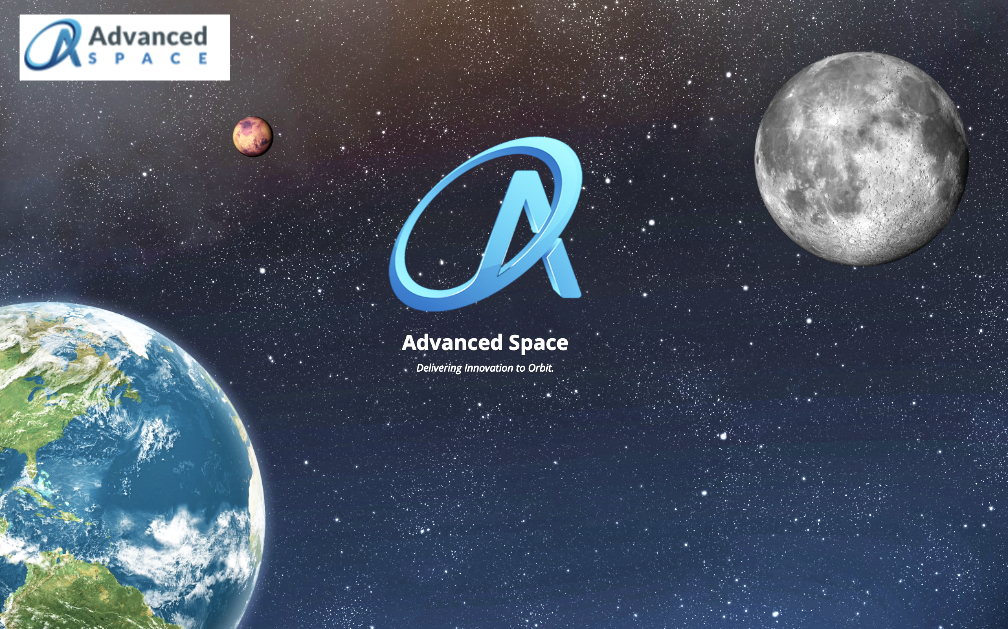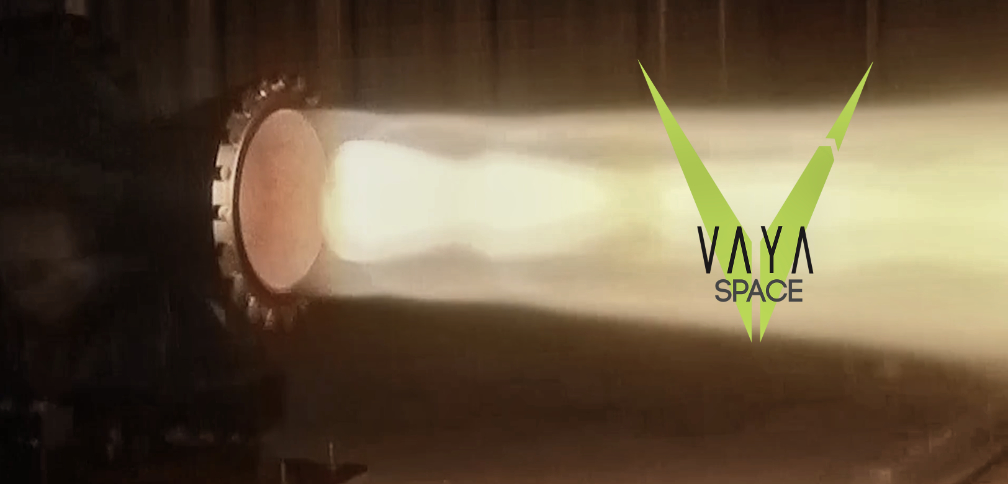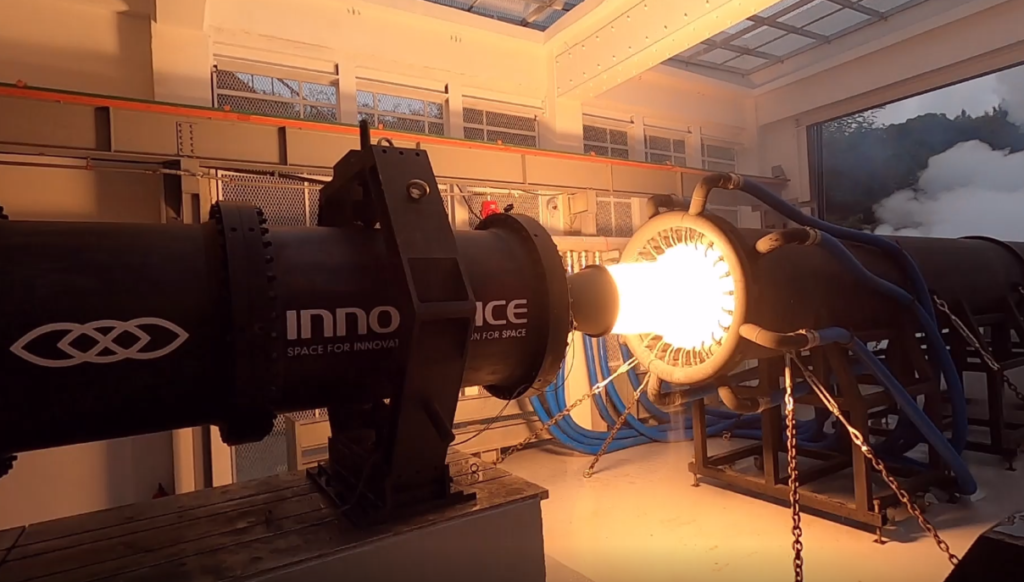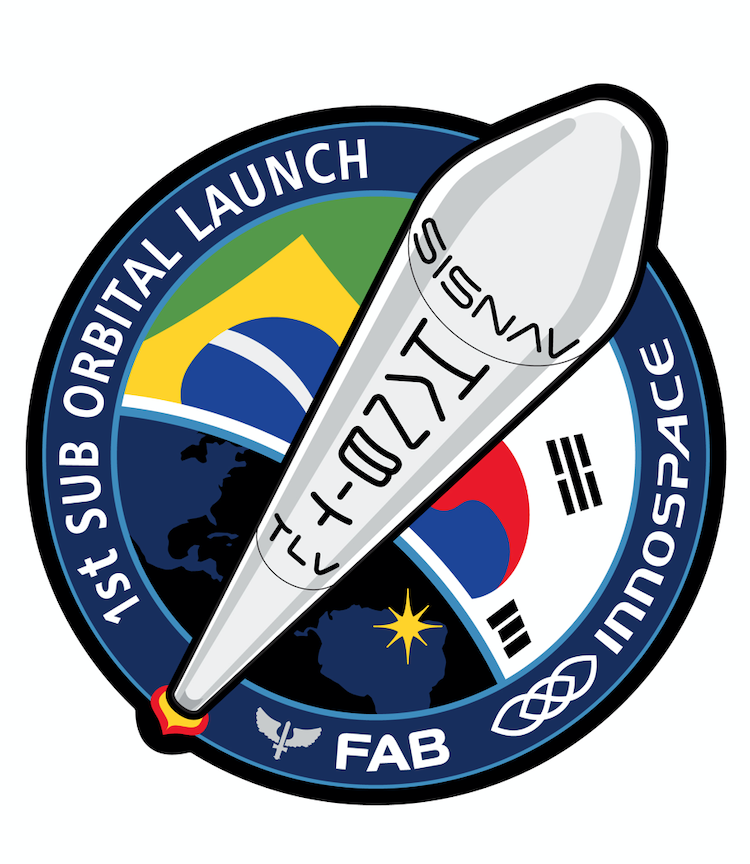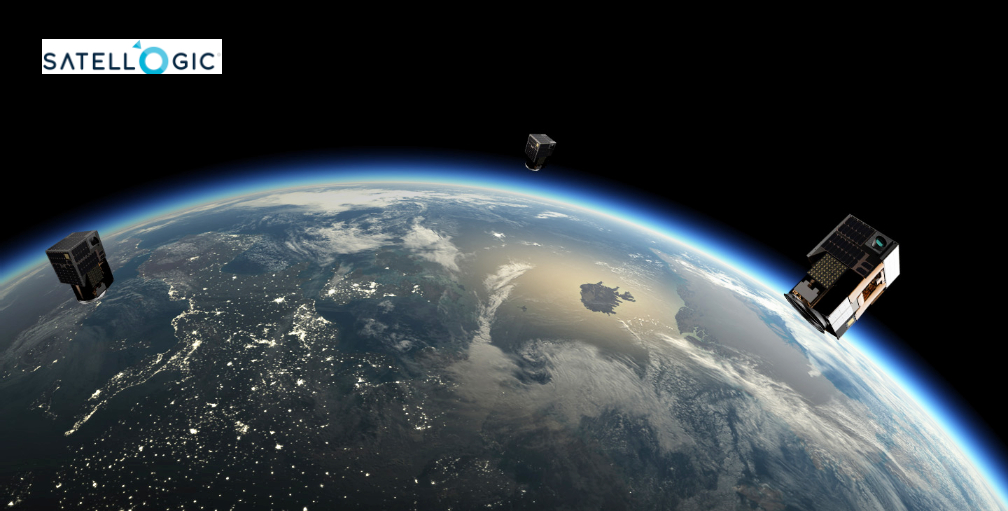
Satellogic Inc. (NASDAQ: SATL) has signed a new Multiple Launch Agreement (“MLA”) with SpaceX and has reserved launch capacity for the company’s next 68 satellites.
This new MLA follows the current MLA covering 2022 launches and confirms that SpaceX continues to be Satellogic’s preferred vendor for rideshare missions, meeting the capacity demands of Satellogic’s constellation roadmap and providing shorter periods between satellite development and deployment.
Satellogic builds their own spacecraft, manages their constellation and productizes the EO data it collects to better serve their customers in every industry. This vertical integration ultimately reduces the cost of deriving insights from EO, enabling Satellogic to offer actionable data at a price point that a broader range of organizations can afford.
Similarly, SpaceX, which has a focus on decreasing the cost of space access, manufactures their own advanced rockets and spacecraft, allowing for more affordable options and greater innovation. SpaceX’s frequent launch schedule will help Satellogic accomplish its goals to significantly grow its constellation.
Satellogic recently announced the launch of five additional spacecraft. They were delivered to SSO on SpaceX’s Transporter-4 mission onboard the Falcon 9, a reusable, two-stage rocket. Satellogic currently operates 22 high-resolution satellites, and with the launches covered on this new MLA, is on track to become the first company to be able to remap the entire surface of the planet in high-resolution and with high frequency.
Satellogic has plans to launch additional satellites each quarter, aiming to ultimately grow its constellation to over 200 satellites by 2025 in order to provide daily sub-meter resolution imagery of the entire surface of the Earth and up to 40 revisits of points of interest per day.
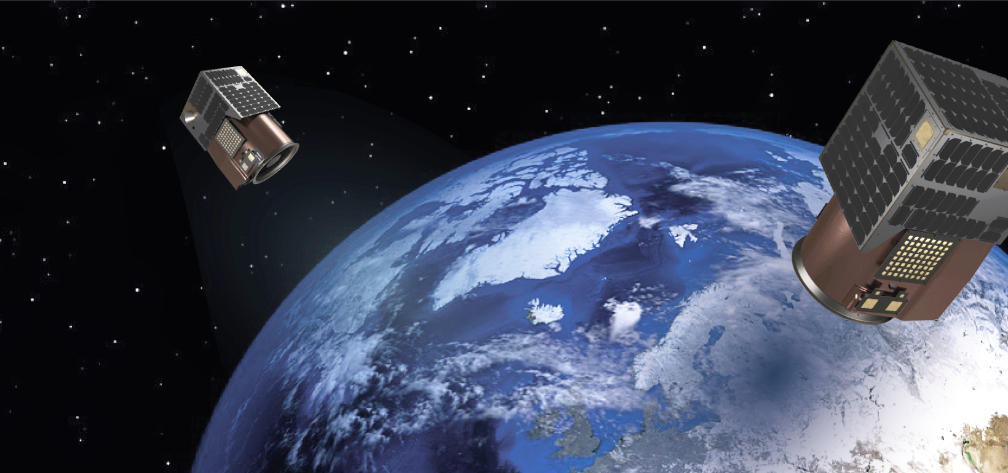
“Following our previous launch successes with SpaceX, we are pleased to have signed this MLA to continue our work together in 2023 and beyond,” said Emiliano Kargieman, CEO and Co-Founder of Satellogic. “This announcement ensures that we will be able to continue to launch our satellites as they are produced and that we remain on track to collect every square meter of the Earth’s surface every week in 2023, providing our customers with the most up-to-date, reliable high-resolution data source on a global scale. Expanding our capacity is crucial to making Earth Observation data affordable and accessible for everyone.”
Founded in 2010 by Emiliano Kargieman and Gerardo Richarte, Satellogic (NASDAQ: SATL) is the first vertically integrated geospatial company, driving real outcomes with planetary-scale insights. Satellogic is creating and continuously enhancing the first scalable, fully automated Earth Observation (“EO”) platform with the ability to remap the entire planet at both high-frequency and high-resolution, providing accessible and affordable solutions for customers. Satellogic’s mission is to democratize access to geospatial data through its information platform of high-resolution images and analytics to help solve the world’s most pressing problems including climate change, energy supply, and food security. Using its patented Earth imaging technology, Satellogic unlocks the power of EO to deliver high-quality, planetary insights at the lowest cost in the industry. With more than a decade of experience in space, Satellogic has proven technology and a strong track record of delivering satellites to orbit and high-resolution data to customers at the right price point.




